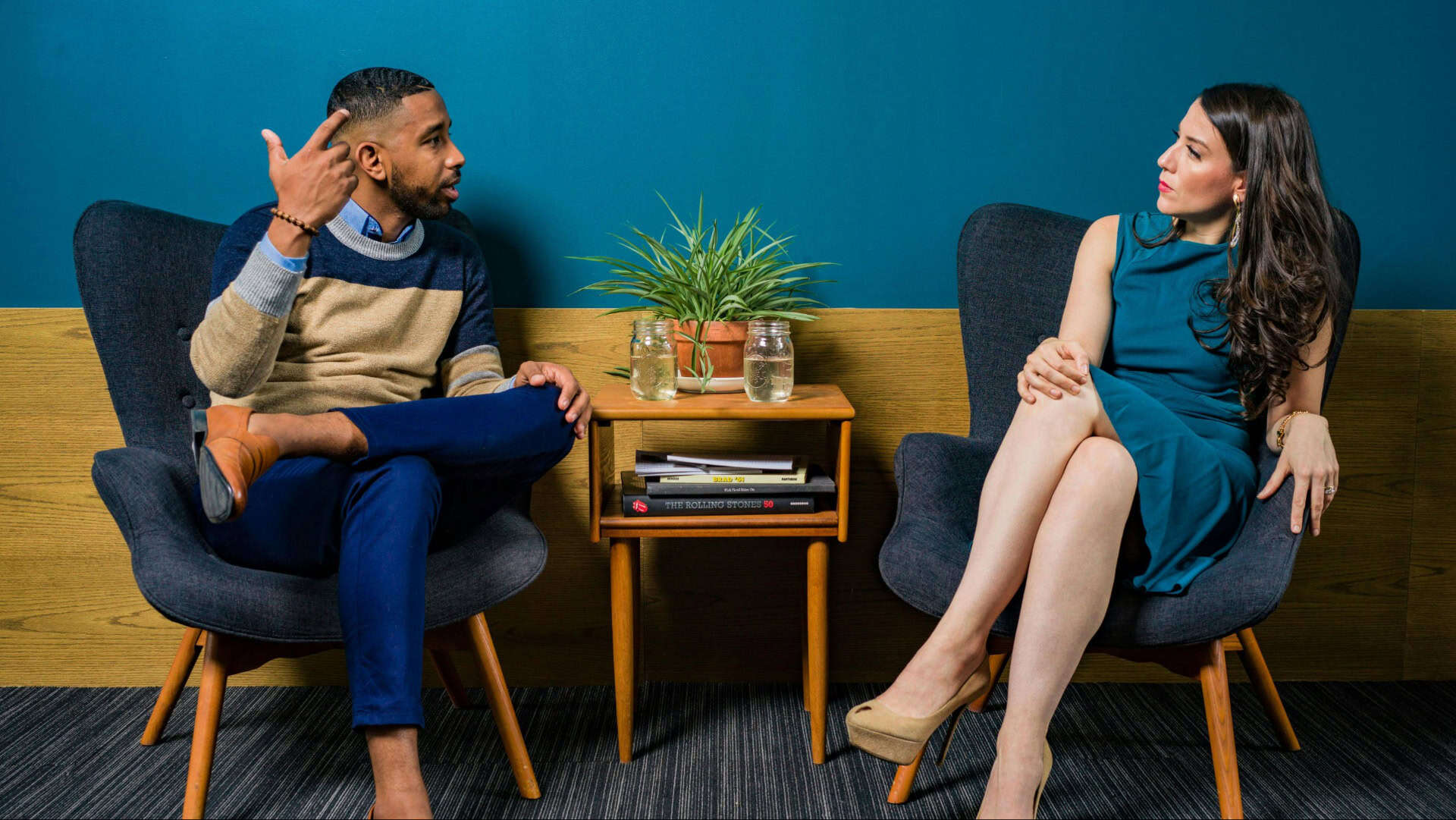Planning to redecorate your home but don’t know where to start? Before you dive into the world of color swatches and furniture catalogs, it’s crucial to ask the right questions.
Hiring an interior designer can make the process seamless and creative, but ensuring both parties are on the same page is essential.
Here are 10 questions to ask your interior designer to ensure your vision comes to life while avoiding common pitfalls.
1. What is your design philosophy?

Understanding a designer’s philosophy can reveal if their style aligns with your vision.
Do they lean towards minimalism, or are they proponents of eclectic aesthetics? This question opens up a conversation about creativity and personal taste.
Knowing their approach not only helps in assessing compatibility but also sets the tone for the project.
A designer who values modern functionality over ornamental excess, for instance, may appeal more to those seeking clean lines and simple elegance.
2. Can you work with our budget?
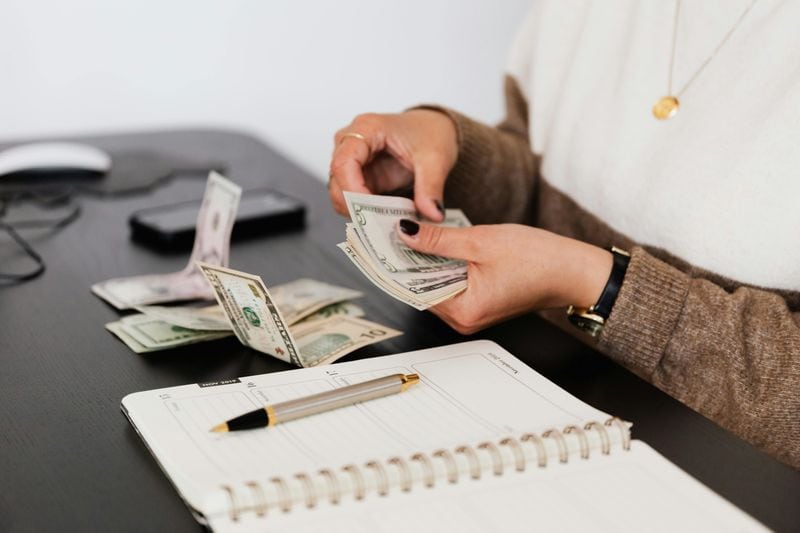
Budgeting is crucial in any design project. Can your designer realistically deliver your dream look within financial constraints?
Asking about the budget upfront ensures transparency and sets realistic expectations.
Discussing the budget helps prevent future misunderstandings and allows your designer to propose solutions that maximize your resources.
It’s important to establish this groundwork to keep the project on track without hidden costs.
3. What is your typical timeline for projects like mine?

Time is a valuable commodity in any renovation. Knowing the designer’s typical timeline for projects similar to yours ensures alignment on delivery expectations.
A clear timeline helps manage project phases efficiently, avoiding unnecessary delays.
This insight allows both parties to plan accordingly, ensuring that your project progresses smoothly from concept to completion.
4. How do you handle unexpected changes or challenges?

In the world of design, surprises are inevitable. How a designer addresses unforeseen challenges can make or break a project.
This question gauges their adaptability and problem-solving skills.
Understanding their approach to unexpected changes will give you confidence in their ability to maintain project momentum without compromising quality.
A proactive designer is invaluable in ensuring seamless project execution.
5. Can you provide references or examples of past work?
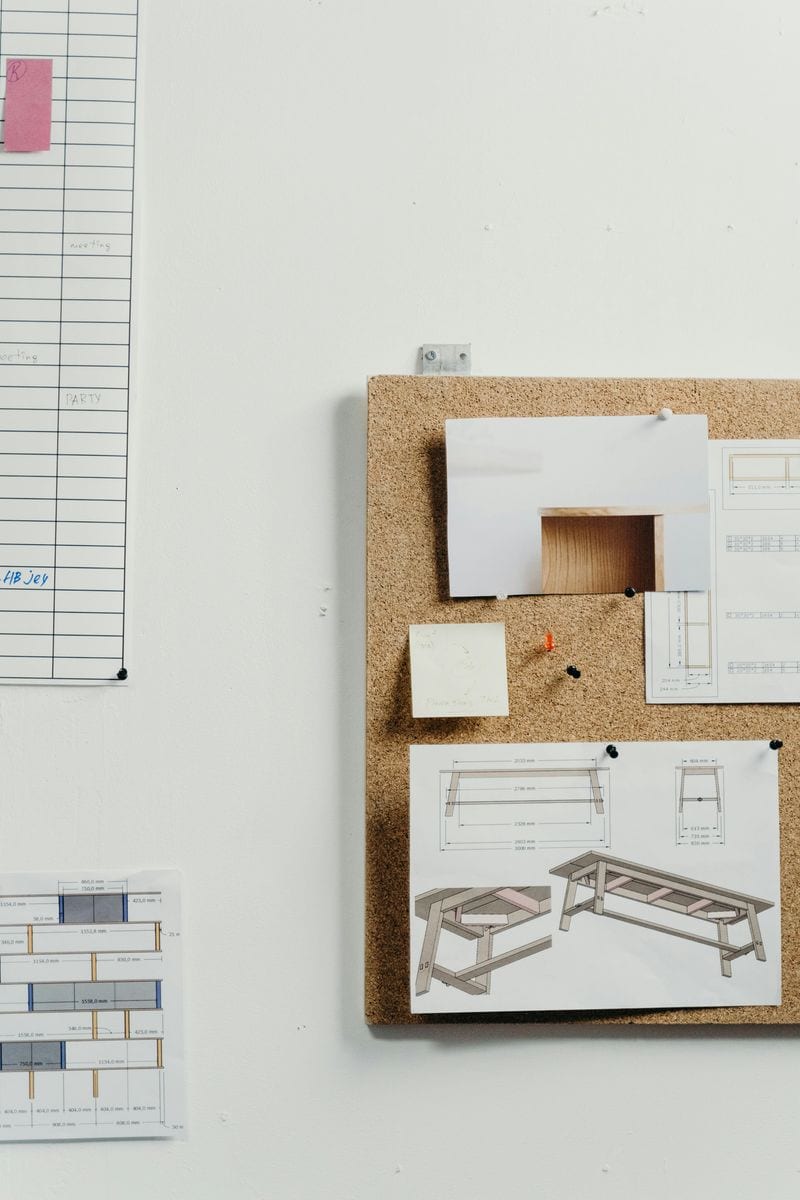
Seeing is believing. Requesting references or examples of previous work provides insight into a designer’s capabilities and style.
Past projects can tell you a lot about their attention to detail and creativity.
This step is crucial in building trust and ensuring your designer has a proven track record of delivering quality results.
With visual proof, you can assess if their work resonates with your aesthetic preferences.
6. What is your sourcing process for materials and furnishings?

The sourcing process directly impacts the quality and uniqueness of your space. Understanding this process reveals how a designer curates materials and furnishings.
A designer with a well-established network can access exclusive and diverse options, ensuring a personalized touch.
Discussing sourcing strategies helps set expectations around availability and quality.
7. How do you incorporate client feedback into the design process?
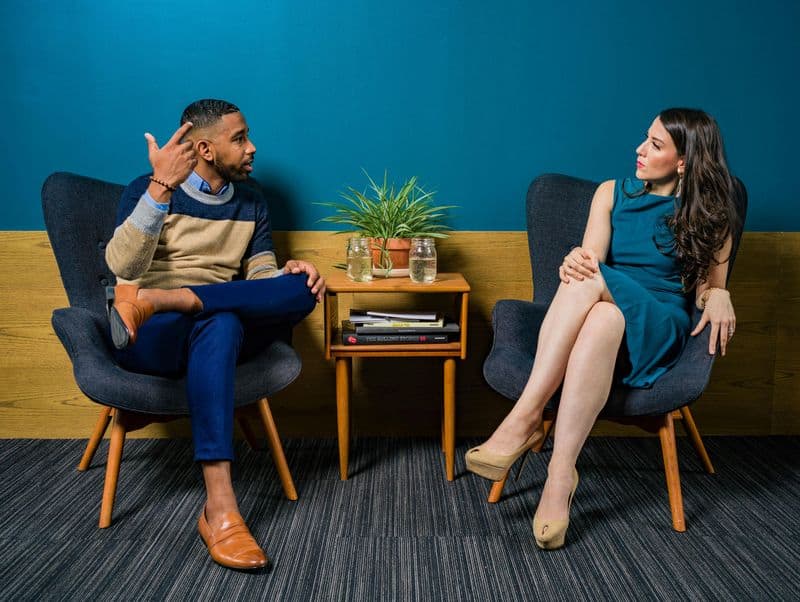
Client feedback is essential in crafting a space that feels personal and tailored. Understanding how a designer incorporates feedback ensures they value your input.
This collaboration fosters a sense of ownership and satisfaction with the final result.
A designer who listens and adapts to client feedback is likely to deliver a space that truly reflects your lifestyle and preferences.
8. What are the latest trends you’re excited about?

Trends play a significant role in keeping your space modern and fresh. Asking about trends reveals a designer’s awareness of the ever-evolving design landscape.
While trends shouldn’t dictate a design, they can inspire innovative ideas and solutions.
Understanding what excites your designer can spark creativity and bring new energy to your project.
9. Do you specialize in any particular type of design?
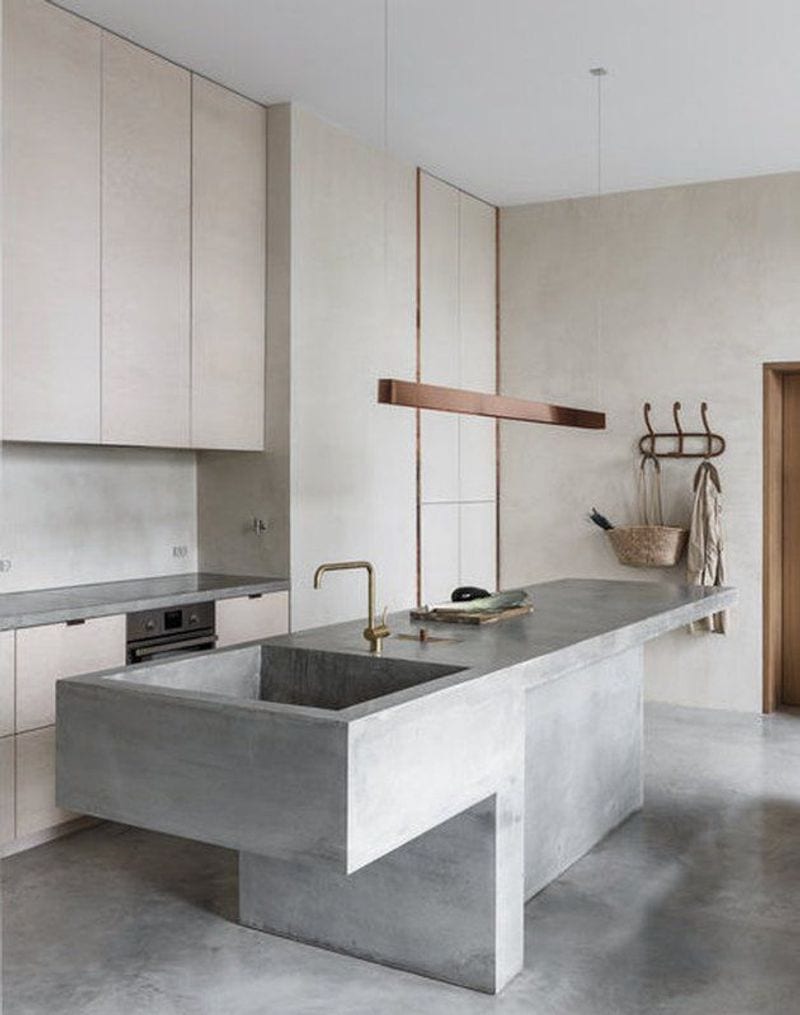
Specialization can add depth and expertise to your project.
Whether it’s sustainable design, historical restoration, or modern minimalism, specialization might align with your specific needs.
Knowing if your designer has a niche expertise allows you to benefit from their unique skills and insights.
This alignment can elevate your project with specialized attention and detail.
10. What is your communication style and frequency?

Effective communication is the backbone of any successful project.
Understanding a designer’s communication style and frequency helps ensure alignment throughout the process.
Regular updates and clear dialogue can prevent misunderstandings and keep you informed.
Establishing preferred communication methods and frequency sets a collaborative tone, essential for a satisfying design journey.

